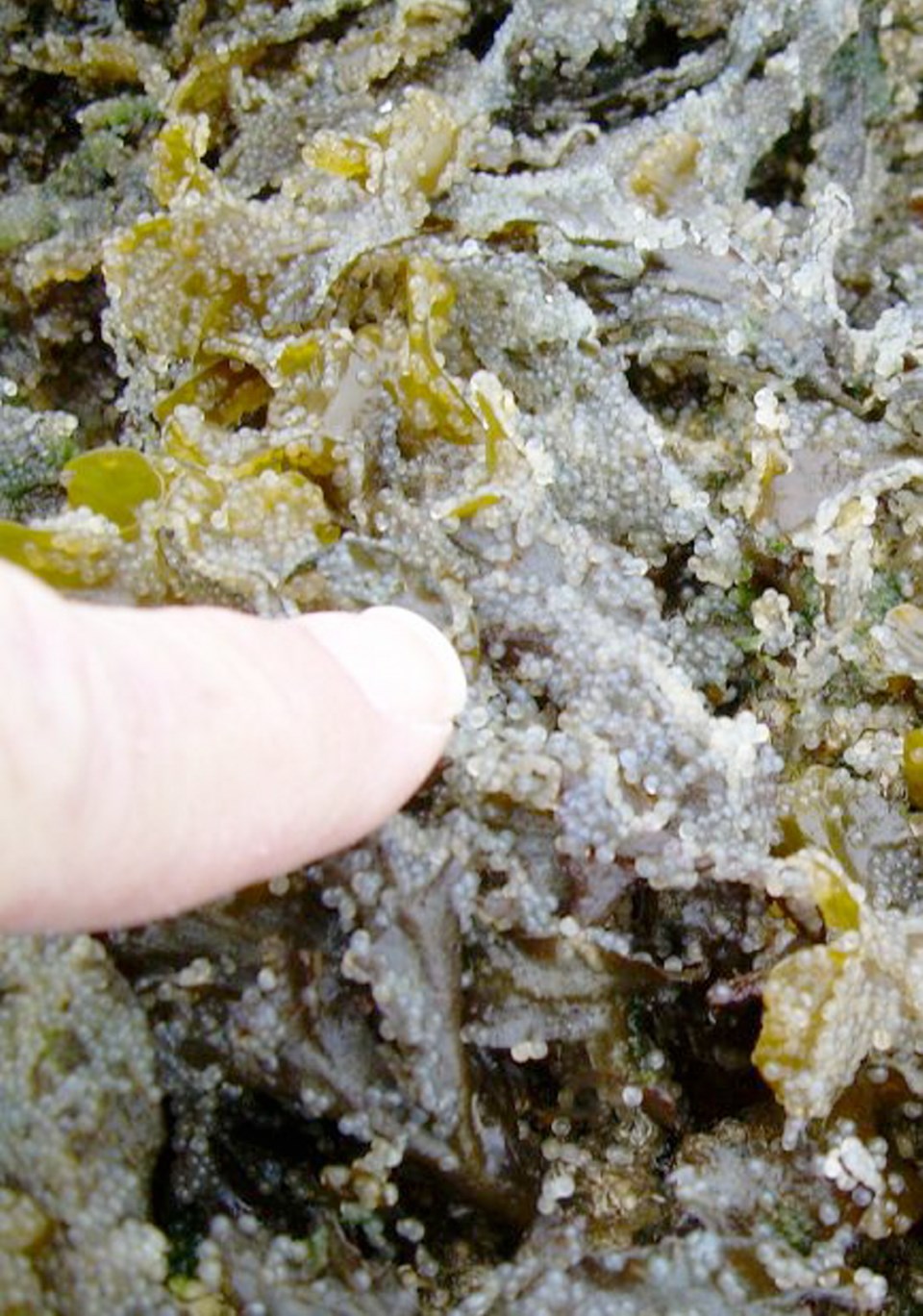Conservancy Hornby Island is asking the federal government to shut down the Pacific herring-roe fishery planned for March.
Again this year, Fisheries and Oceans Canada is preparing to approve the catch of 20 per cent of all the herring that spawn in the Strait of Georgia — the last viable herring-roe fishery on the coast — without considering what impact this might have on all the other sea creatures that rely on this one species of forage fish. The draft Integrated Fisheries Management Plan released Dec. 7 plans the killing of 28,000 tons of spawning herring — equal to about 200 million fish.
Pacific herring is the basis for the food web that supports the salmon and killer whales and most of the other mammals, sea birds and creatures who, with us, call this place home. Eighty per cent of the chinook salmon’s diet is herring, and over 80 per cent of the southern resident killer whales’ diet is chinook. It doesn’t take a scientist to make the important link between herring and killer whales.
The irony in this is that the herring fishery is worth so little money and produces so few jobs. Thirty years ago, the fishermen got as much as $5,000 a tonne for the fish. Now it is as low as $150 and maybe $700 in a good year. What happened? Japanese taste changed. Where herring roe was once considered a delicacy, it is no longer sought by younger Japanese. Times change and yet DFO keeps allowing this outdated fishery to carry on.
Even worse, in the annual roe fishery, 90 per cent of the herring are ground up for fish-farm food and pet food. Only 10 per cent — the roe — is eaten by humans. Using wild fish for non-human consumption is illegal under the federal Fisheries Act. When 90 per cent of the herring is used for fish-farm and pet food, is the federal Minister of Fisheries breaking the law?
The draft management plan states that management will be guided by the principles of “ecosystem based management,” “risk aversion” and the “precautionary principle,” yet DFO management has, in the past 20 years, resulted in the closure of four of the six major herring stocks on the B.C. coast.
This year, the fisheries south of Nanaimo have been shut down because of low herring returns in recent years, undoubtedly because of overfishing.
How can we believe that DFO is managing this valuable public resource in the best interests of all of us and our marine ecosystem?
The last remaining major Pacific herring spawn from Washington state to Alaska is in the northern Strait of Georgia from Nanaimo to Comox. Wouldn’t it make sense to leave this stock alone to rebuild all the herring schools on our coast and the marine life that need them for survival?
To find out more about this issue and how you can help, please visit conservancyhornbyisland.org or email [email protected]
Grant Scott is president of Conservancy Hornby Island and a former commercial fisherman.



